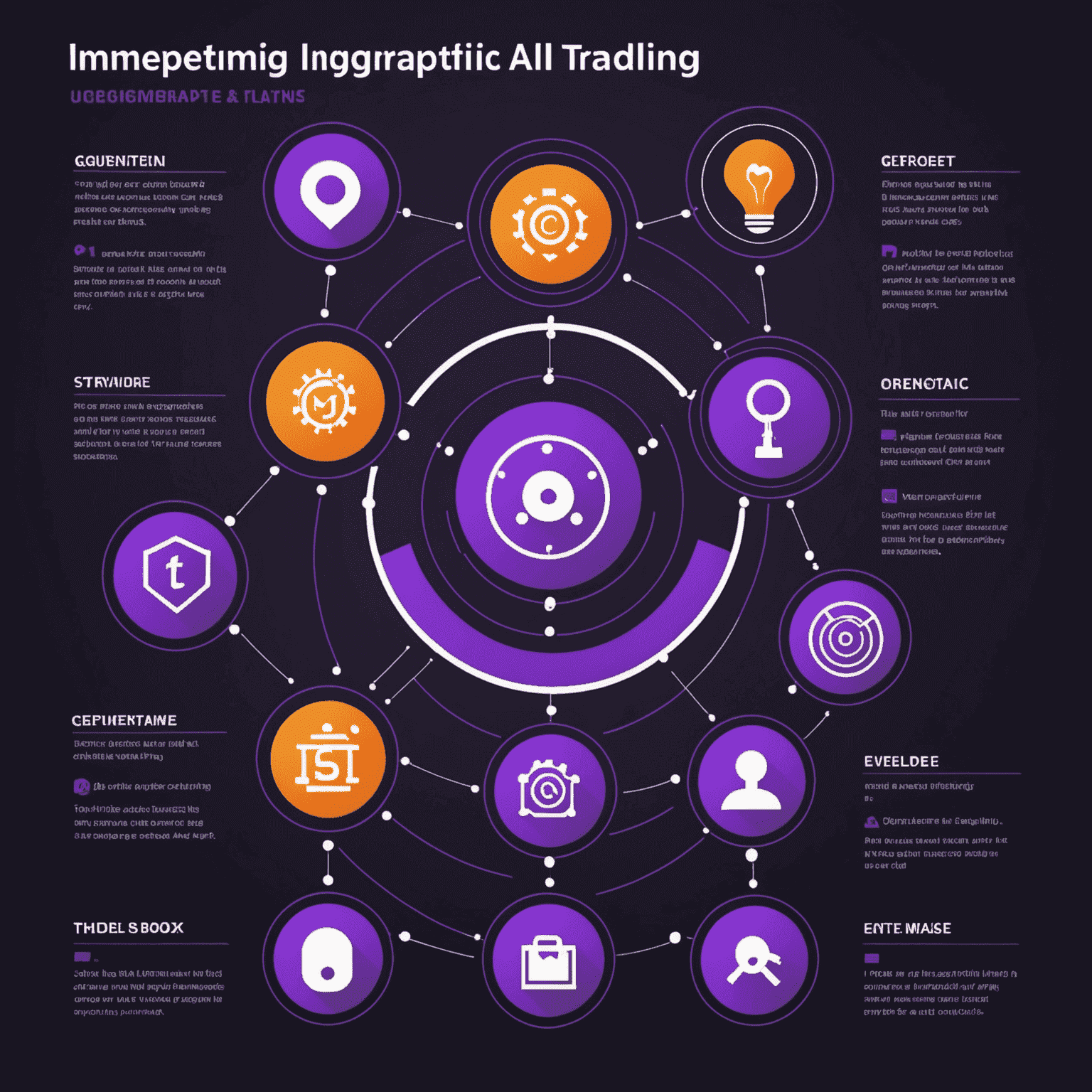Algorithmic Trading Strategies: Leveraging AI for Market Advantage

In the fast-paced world of financial markets, algorithmic trading has emerged as a game-changer, allowing traders to execute complex strategies at speeds and frequencies far beyond human capabilities. With the integration of AI technologies, these strategies have become even more sophisticated and effective.
Popular AI-Driven Algorithmic Trading Strategies
1. Machine Learning-Based Trend Following
AI algorithms can analyze vast amounts of historical data to identify and predict market trends with greater accuracy than traditional methods. These systems can adapt to changing market conditions in real-time, adjusting their strategies accordingly.
2. Natural Language Processing for Sentiment Analysis
By processing news articles, social media posts, and financial reports, AI-powered NLP tools can gauge market sentiment and make trading decisions based on the collective mood of investors and analysts.
3. Deep Learning for Pattern Recognition
Neural networks can identify complex patterns in market data that might be invisible to human traders or traditional statistical methods, enabling more nuanced trading strategies.

4. Reinforcement Learning for Dynamic Strategy Optimization
AI agents can learn from their trading actions and market responses, continuously refining their strategies to maximize returns and minimize risks in various market conditions.
5. High-Frequency Trading (HFT) with AI
AI algorithms can execute trades at millisecond speeds, capitalizing on minute price discrepancies across different exchanges or assets.
Implementing AI in Algorithmic Trading
To effectively implement AI-driven algorithmic trading strategies, consider the following steps:
- Data Collection and Preprocessing: Gather high-quality, diverse datasets including market data, economic indicators, and alternative data sources.
- Feature Engineering: Identify and create relevant features that can provide predictive power to your models.
- Model Selection and Training: Choose appropriate AI models (e.g., Random Forests, LSTMs, or Reinforcement Learning agents) and train them on historical data.
- Backtesting and Validation: Rigorously test your strategies on out-of-sample data to ensure their robustness and avoid overfitting.
- Risk Management: Implement safeguards and stop-loss mechanisms to protect against unexpected market movements.
- Continuous Monitoring and Adaptation: Regularly review and update your models to maintain their effectiveness in changing market conditions.

Challenges and Considerations
While AI-driven algorithmic trading offers significant advantages, it's important to be aware of potential challenges:
- Overfitting and model fragility in the face of unexpected market events
- Regulatory concerns and the need for transparency in AI decision-making processes
- High computational requirements and infrastructure costs
- The "arms race" effect, where the advantage of any single strategy may be short-lived
As AI continues to evolve, so too will the landscape of algorithmic trading. Traders and firms that can effectively harness these technologies while navigating the associated challenges will be well-positioned to thrive in the markets of tomorrow.